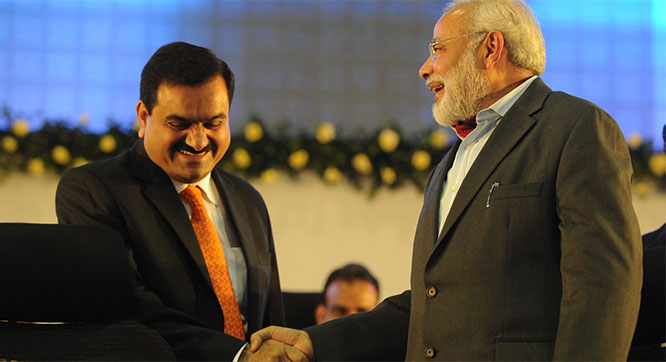
India’s first space-based mission to the Sun, Aditya-L1, took off successfully from the second launch pad of Satish Dhawan Space Centre here on Saturday, September 2, 2023, nine days after the country’s ambitious Chandrayaan-3 made a safe and soft landing on the unexplored south polar region of the Moon.
Indian Space Research Organisation (ISRO)’s most reliable workhorse PSLVC-57 launched the Aditya L1 spacecraft weighing 1,475 kg at 11.50 am, amid loud cheers from scientists gathered at the Mission Control Room here. The cost of the mission is said to be Rs 420 crore.
Initially, the spacecraft will be placed in a low earth orbit, which will be made elliptical to launch Aditya L1 towards the Lagrange point L1 using on-board propulsion. As the spacecraft travels towards L1, it will exit the earths’ gravitational Sphere of Influence (SOI) and if all goes well, the spacecraft will be placed in a halo orbit around the Lagrange point 1 (L1) of the Sun-Earth system in 125 days.
The L1 point is about 1.5 million km from the Earth, just 1 per cent of the 150 million km distance between the two. The distance to be travelled by Aditya L1 is four times more than Chandrayaan-3, which landed on the Moon on August 23 and is coming out significant findings.
Reaching the L1 point will give India a greater advantage of observing the solar activities continuously. All the measurements will be made from the Lagrange point L1, while L5 is a good vantage point for studying the Earth directed CME events and assessing the space weather, scientists said.
Of the seven payloads – all indigenously developed and made by ISRO and other organisations -- four will directly view and study the Sun, while the remaining three will conduct in-situ studies of particles and fields around the L1 point.
Placing a satellite in the halo orbit around the L1 point has the major advantage of continuously viewing the Sun without any occultation/ eclipses and provide a greater advantage of observing the solar activities and its effect on space weather in real time, scientists said.
Through this mission, ISRO hopes to get important scientific studies of the propagatory effect of solar dynamics in the interplanetary medium, while the payloads are expected to provide crucial information to understand the problem of coronal heating, coronal mass ejection, pre-flare and flare activities and their characteristics, dynamics of space weather, propagation of particle and fields.
By studying the Sun, ISRO said, scientists can learn much more about stars in the Milky Way as well as about stars in various other galaxies. Since various thermal and magnetic phenomena on the Sun are of extreme nature, Sun will serve as a good natural laboratory to understand those phenomena which cannot be directly studied in the lab.
The suit of Aditya L1 payloads are expected to provide most crucial information to understand the problems of coronal heating, Coronal Mass Ejection, pre-flare and flare activities, and their characteristics, dynamics of space weather, study of the propagation of particles, and fields in the interplanetary medium.







Comments
Add new comment